The unsung subatomic particle’s time is now.
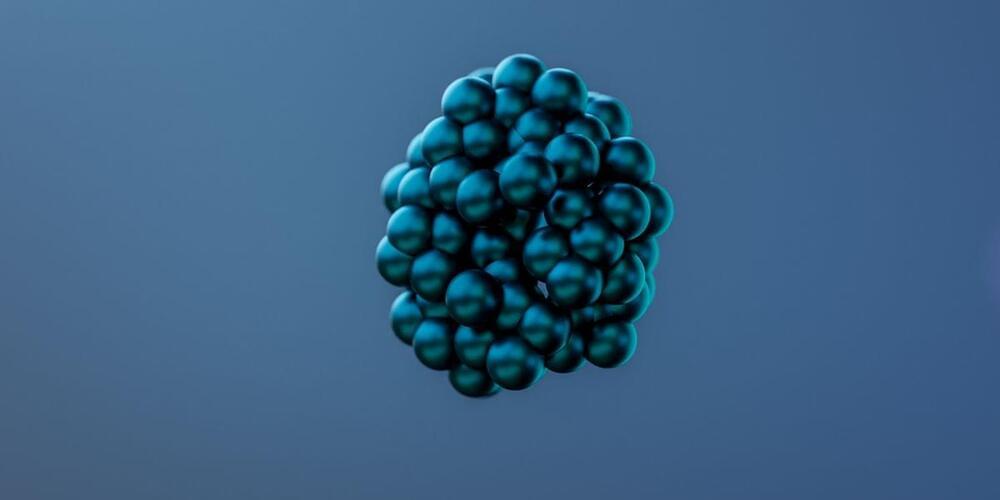

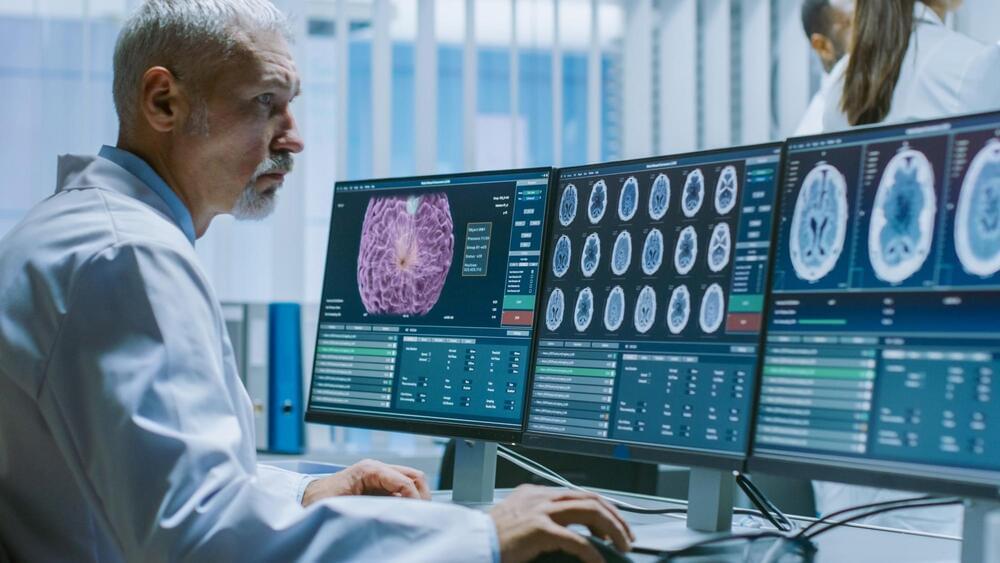
Review discusses the increasing importance of two-dimensional nanomaterials like graphene in neuroscience, highlighting their potential in nerve repair, creating brain-mimicking synaptic devices, and treating neurological disorders. It also considers the challenges and future prospects of these materials in this complex field.
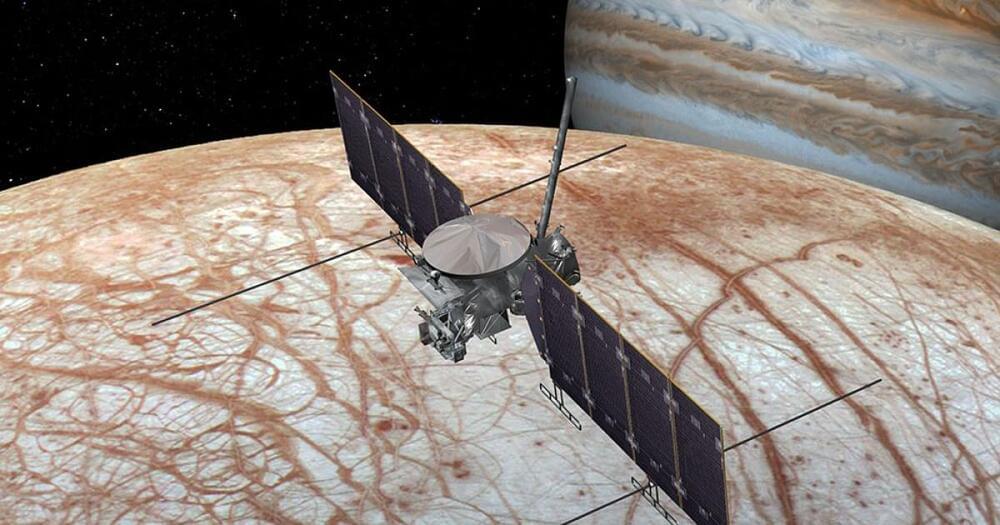
Traveling to space may be the stuff of dreams for most folks, but sending your name instead is a distinct possibility.
It’s not quite the same as donning a spacesuit and being blasted to orbit, though it could be a fun way to associate yourself with an upcoming and highly ambitious mission heading toward Jupiter next year.
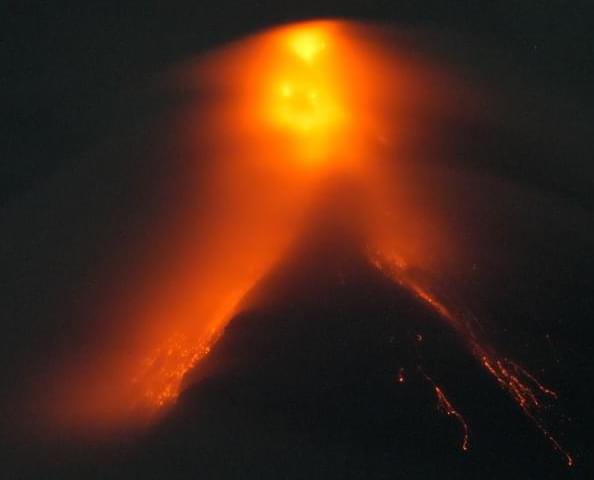
LEGAZPI, Philippines (AP) — The Philippines’ most active volcano was gently spewing lava down its slopes Monday, alerting tens of thousands of people they may have to quickly flee a violent and life-threatening explosion.
More than 12,600 people have left the mostly poor farming communities within a 6-kilometer (3.7-mile) radius of Mayon Volcano’s crater in mandatory evacuations since volcanic activity increased last week. But thousands more remain within the permanent danger zone below Mayon, an area long declared off-limits to people but where generations have lived and farmed because they have nowhere else to go.

Computer scientists have, for decades, been optimizing how computers sort data to shave off crucial milliseconds in returning search results or alphabetizing contact lists. Now DeepMind, based in London, has vastly improved sorting speeds by applying the technology behind AlphaZero — its artificial-intelligence system for playing the board games chess, Go and shogi — to a game of building sorting algorithms. “This is an exciting result,” said Emma Brunskill, a computer scientist at Stanford University, California.
The system, AlphaDev, is described in a paper in Nature1, and has invented faster algorithms that are already part of two standard C++ coding libraries, so are being used trillions of times per day by programmers around the world.


We know this, Kushner says, because issues with alcohol can start before people develop anxiety or depression. His research also suggests that having either a dependence on alcohol or an anxiety condition substantially increases the probability of developing the other condition within several years.
For Kushner, this two-way relationship suggests alcohol use disorder and anxiety and depression might share a root cause.
Kushner’s team’s latest research brings us one step closer to figuring out why these conditions are so closely linked: Their study suggests people with a diagnosis of anxiety or depression are more likely to experience alcohol use disorder symptoms than people without these conditions, even when they drink the same amount of alcohol. The results are published in the journal Alcohol: Clinical & Experimental Research.

David Smith, a retired print technician from the north of England, was pursuing his hobby of looking for interesting shapes when he stumbled onto one unlike any other in November.
When Smith shared his shape with the world in March, excited fans printed it onto T-shirts, sewed it into quilts, crafted cookie cutters or used it to replace the hexagons on a soccer ball —some even made plans for tattoos.
The 13-sided polygon, which 64-year-old Smith called “the hat”, is the first single shape ever found that can completely cover an infinitely large flat surface without ever repeating the same pattern.
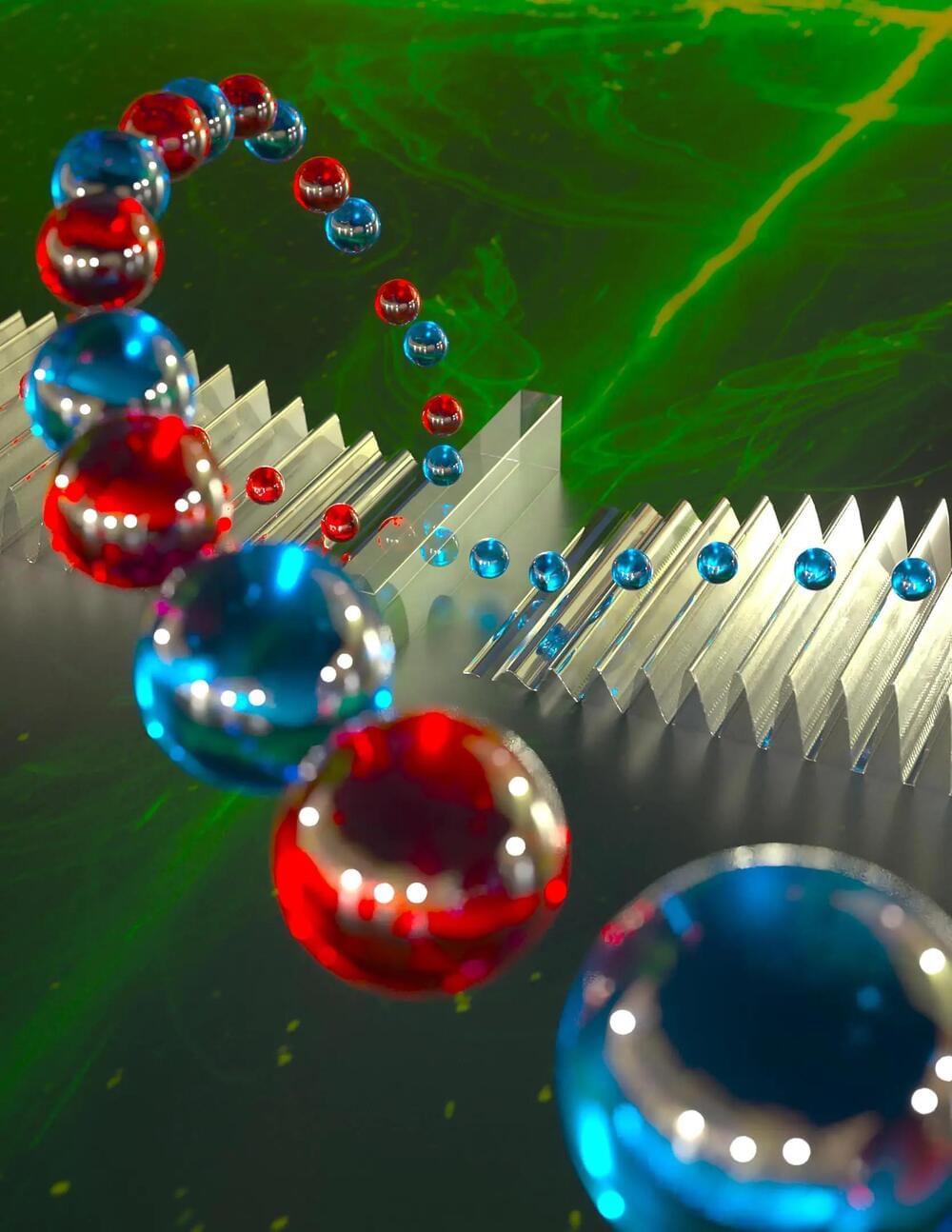
The experiments are the first of their kind and could lead to new advances in computing.
A team at the University of Chicago.
Founded in 1,890, the University of Chicago (UChicago, U of C, or Chicago) is a private research university in Chicago, Illinois. Located on a 217-acre campus in Chicago’s Hyde Park neighborhood, near Lake Michigan, the school holds top-ten positions in various national and international rankings. UChicago is also well known for its professional schools: Pritzker School of Medicine, Booth School of Business, Law School, School of Social Service Administration, Harris School of Public Policy Studies, Divinity School and the Graham School of Continuing Liberal and Professional Studies, and Pritzker School of Molecular Engineering.
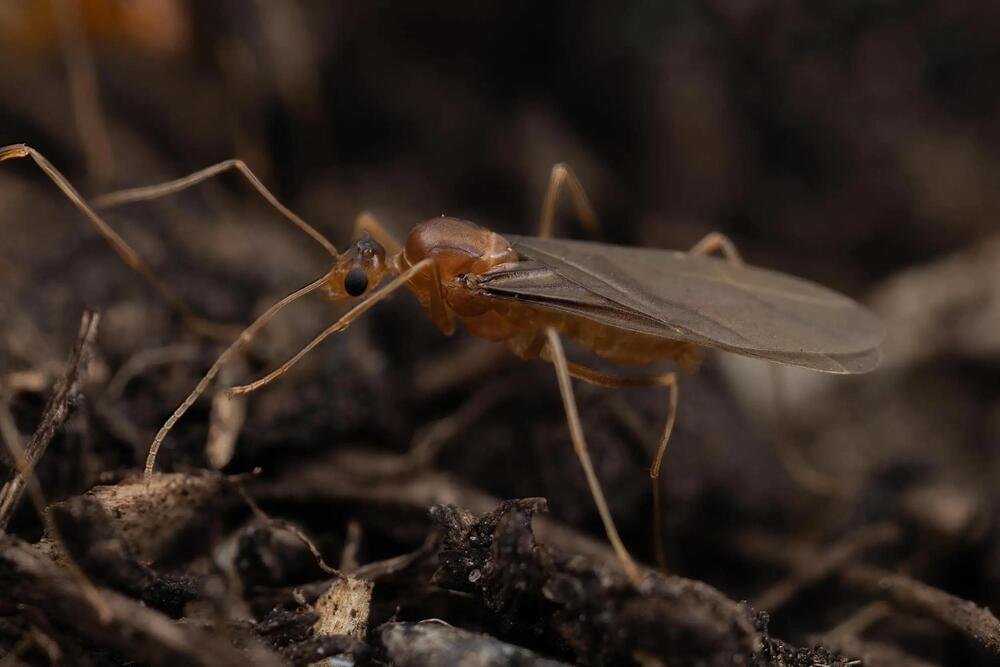
International researchers studying the yellow crazy ant, or Anoplolepis gracilipes, found that male ants of this species are chimeras, containing two genomes from different parent cells within their bodies. This unique reproductive process, originating from a single fertilized egg that undergoes separate maternal and paternal nuclear division, is unprecedented and challenges the fundamental biological inheritance law stating that all cells of an individual should contain the same genome. Credit: Hugo Darras.
The yellow crazy ant, known scientifically as Anoplolepis gracilipes, is notorious for being one of the most devastating invasive species.
A species is a group of living organisms that share a set of common characteristics and are able to breed and produce fertile offspring. The concept of a species is important in biology as it is used to classify and organize the diversity of life. There are different ways to define a species, but the most widely accepted one is the biological species concept, which defines a species as a group of organisms that can interbreed and produce viable offspring in nature. This definition is widely used in evolutionary biology and ecology to identify and classify living organisms.